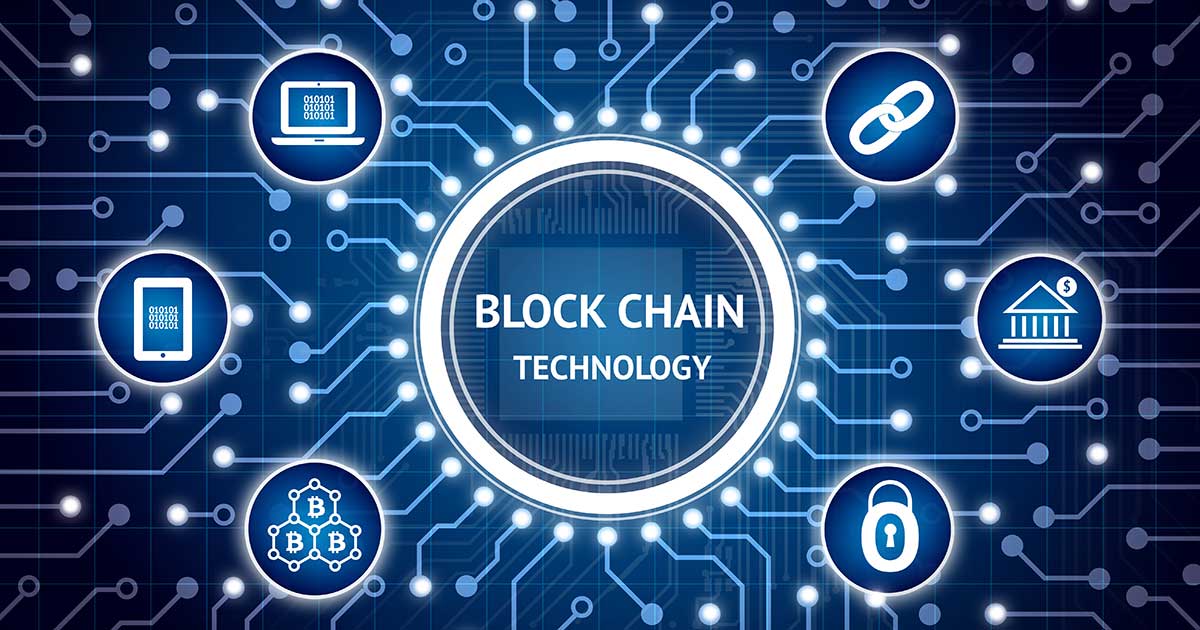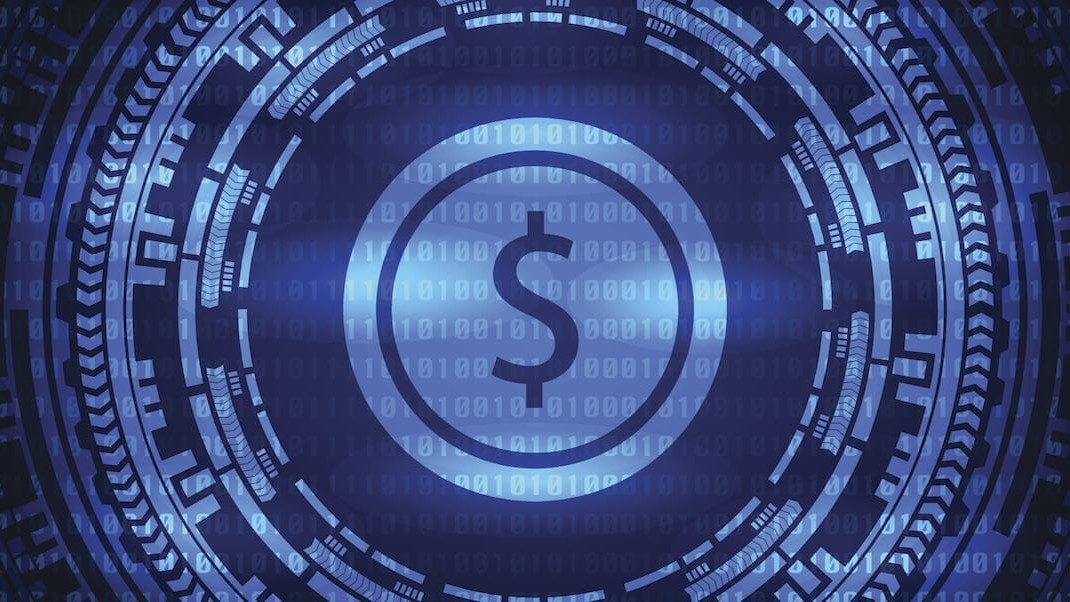Digital currencies like Bitcoin have skyrocketed in value while many of us have been left scratching our heads. Even looking up definitions can be confusing, as they’re often filled with additional terms and explanations that seemingly only highly-educated engineers might understand.
We’re going to help you unravel the mystery behind the technology that has allowed cryptocurrencies like Bitcoin to flourish: the blockchain.
It’s nearly impossible to define what a blockchain is without resorting to complex and highly-technical explanations. Instead of defining what blockchain means, let’s look at the story of this technology to truly understand it.
Where it came from
If you’ve heard of a blockchain before, it was probably in relation to Bitcoin, but it’s important to understand that they are not one and the same. The blockchain is the underlying technology that powers Bitcoin. Today it powers many other applications as well, but it all started with Bitcoin, which is why the two are so often closely associated.
For a digital currency to be able to work, it had to achieve a few very important qualities of real currency: trust, truth, uniqueness and traceability. Look at a dollar bill and note the unique numbers to either side of George Washington (traceability), the quality of paper that is extremely difficult to replicate (truth and uniqueness), and the Federal Reserve seal of authenticity (trust). As consumers, we also realize there is not an infinite amount of money, which creates scarcity. Scarcity creates value.
How does a digital currency achieve the same level of trust, traceability and scarcity as the real stuff? With blockchain technology.
The only way Bitcoin could work is if every transaction was safe, traceable and unique.
How it works
A blockchain is a database. Most often it’s associated with financial records, but it could be a database that keeps track of any kind of digital asset. For the purpose of simply understanding the concept, we’ll stick with financial applications for now.
For digital currencies, a blockchain acts as a type of digital ledger. In fact, you may hear the term “digital ledger technology” sometimes interchanged or in parallel with blockchains.
Why would a digital ledger be so provocative? Because there’s something really important to know about blockchain databases:
The database is decentralized.
Similar to cloud technology, the database is stored on an entire network of computers, as opposed to being stored in silos across individual machines. The Bitcoin network is vast, and every single computer attached to that network stores the entire blockchain database at the same time. You may have heard the word “node” used to describe how blockchain records are kept. In this case, “node” simply means any computer that is connected to the blockchain network.
Decentralization eliminates the need for any third parties to verify transactions, because every transaction is verified by the entire network, and the records of every transaction are publically accessible (meaning, no need for banks). While some people might find the idea of an open-source financial network worrisome, in this case it has created trust and value in digital currency — which is why Bitcoin has real, meaningful value to it.
When there’s an update to the chain, every computer on the network updates its records with all the details of that transaction. This makes it nearly impossible for fraud or replication of currency, because the entire lifecycle of every transaction is stored across a huge public network.
Every transaction creates a unique block, and once the block is completed and recorded in the database, it is added to the chain. Thus, the blockchain.
And yes, blockchains can get mind-bogglingly long. As Investopedia points out in the case of Bitcoin, “The blockchain has complete information about different user addresses and their balances right from [the first block created] to the most recently completed block.” That’s roughly a decade’s worth of blocks.
Making all of this data public means you can see how much currency is circulating and when and where it’s been transferred. It creates the uniqueness and scarcity necessary for currency to work.
And while the transaction data is public, the private information of the individuals is protected. In fact, the identity of the creator (or creators) of Bitcoin is still unknown.
Potential applications in the future
As Bitcoin’s value kept going up, other companies began to take notice of the technology. Financial institutions were the first to take note, as the inefficiencies of compiling records and sifting through data are almost completely eliminated with a blockchain system. It’s estimated that as much as 15% of big banks are already using blockchain technology right now.
The potential for utilizing blockchain technology outside the financial realm is just starting to become realized. Blockchains, for the first time, created truth for digital assets. Before the blockchain, any digital asset could be created and copied a million times, and no one would really notice or be able to do anything about it.
Blockchain technology may offer solutions for any industry where uniqueness, truth and traceability are needed for digital assets. And as you might guess, that list covers nearly everything, from music to healthcare to the Internet of Things.
The more you know
Suggested Reading:
The story of the blockchain is really only just beginning, and now you have the background to be able to tell that story yourself.
Or just use it in a sentence and leave your friends in awe at how smart you are.


